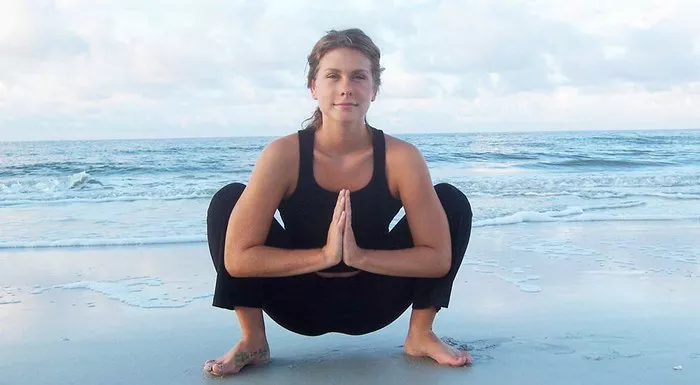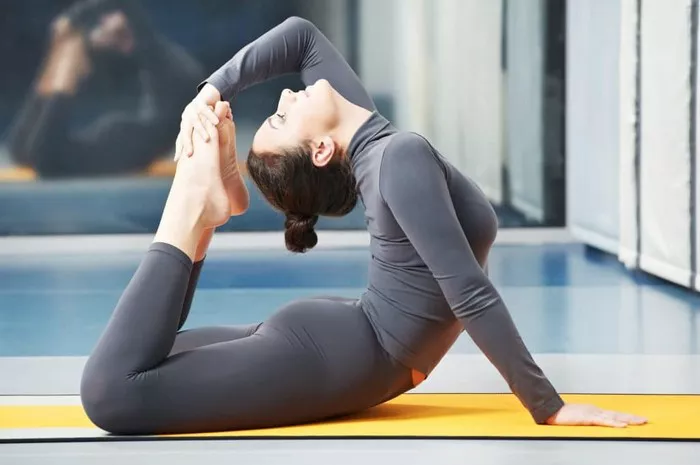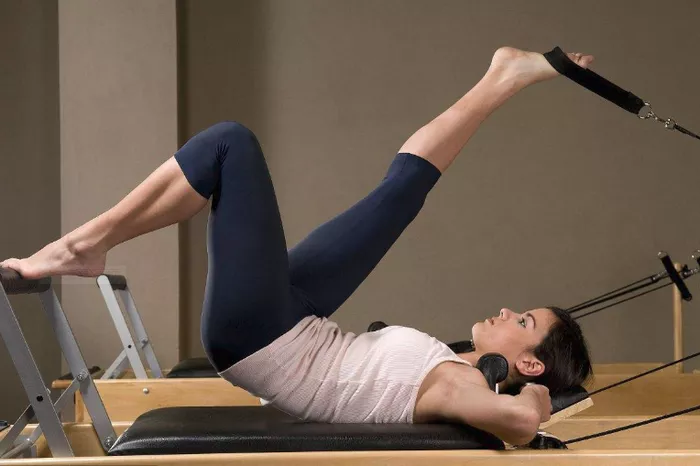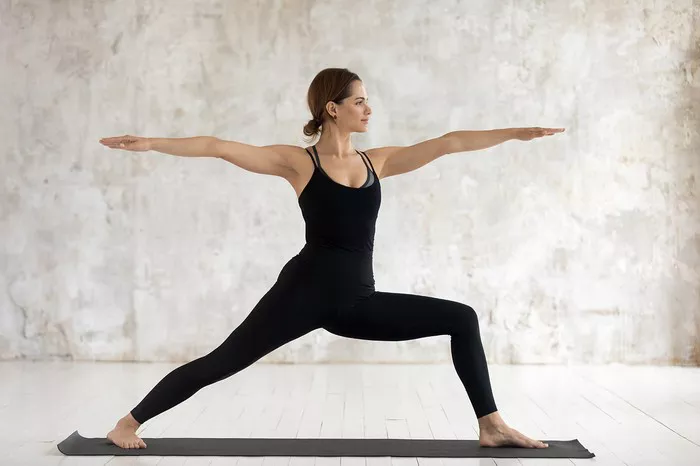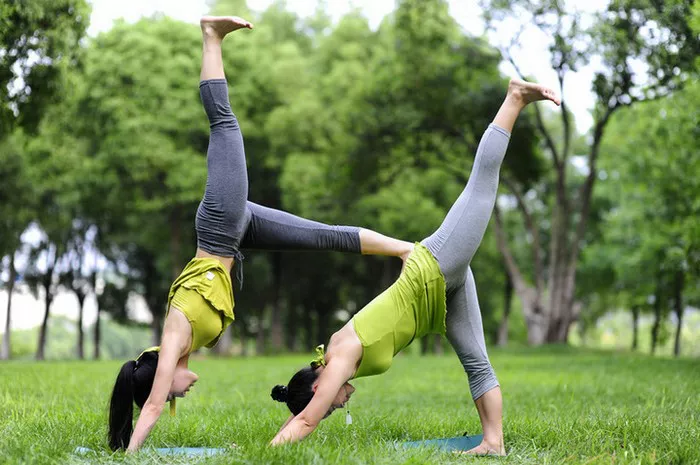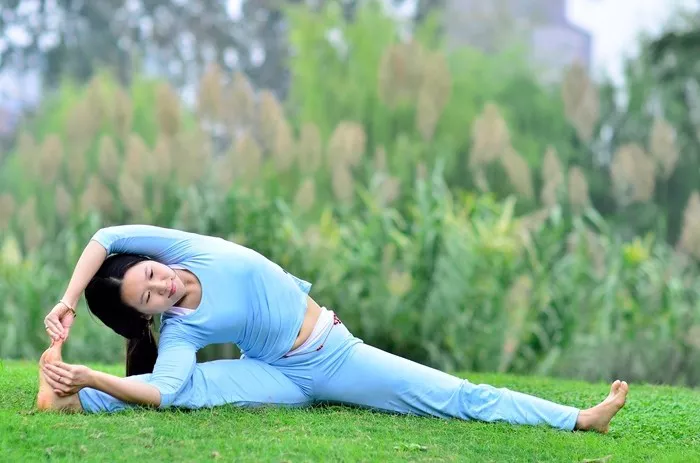The autonomic nervous system (ANS) is a critical component of our body’s overall function, managing involuntary physiological processes such as heart rate, digestion, respiratory rate, and blood pressure. It is divided into two main branches: the sympathetic nervous system (SNS), often referred to as the “fight or flight” system, and the parasympathetic nervous system (PNS), known as the “rest and digest” system. Yoga, an ancient practice that combines physical postures, breathing exercises, and meditation, has been shown to have profound effects on the ANS. This article delves into how yoga influences the autonomic nervous system, promoting overall health and well-being.
Understanding the Autonomic Nervous System
Before exploring how yoga affects the ANS, it’s essential to understand the roles of its two branches:
Sympathetic Nervous System (SNS): This system prepares the body for stressful or emergency situations. It increases heart rate, dilates the pupils, inhibits digestive activity, and releases glucose for energy. Activation of the SNS is crucial during moments of acute stress or danger but can be detrimental if it becomes chronically activated.
Parasympathetic Nervous System (PNS): This system promotes relaxation and recuperation. It slows the heart rate, stimulates digestion, and promotes energy storage. Activation of the PNS is essential for recovery, healing, and maintaining long-term health.
Yoga and the Autonomic Nervous System
Yoga practices, including asanas (postures), pranayama (breathing exercises), and meditation, can significantly impact the balance between the SNS and PNS. Here’s a detailed look at how yoga influences the ANS:
1. Reduction of Sympathetic Activity
Chronic stress often leads to prolonged activation of the SNS, which can contribute to a range of health issues such as hypertension, anxiety, and heart disease. Yoga helps mitigate this overactivation through several mechanisms:
Physical Postures (Asanas): Engaging in yoga postures can reduce the levels of cortisol, the primary stress hormone, thereby decreasing overall sympathetic activity. Certain poses, particularly those that emphasize stretching and relaxation, such as forward bends and restorative poses, are especially effective in calming the SNS.
Breathing Exercises (Pranayama): Techniques like deep diaphragmatic breathing, Nadi Shodhana (alternate nostril breathing), and Ujjayi (victorious breath) promote parasympathetic activation. Slow, deep breathing signals the body to shift from a state of alertness to one of relaxation, reducing heart rate and blood pressure.
Meditation and Mindfulness: Practices such as mindfulness meditation, yoga nidra, and guided relaxation encourage a shift from the SNS to the PNS. These techniques enhance the body’s ability to manage stress by promoting a state of calm and reducing the physiological markers of stress.
2. Enhancement of Parasympathetic Activity
Yoga’s emphasis on relaxation and mindful movement stimulates the PNS, leading to improved health and well-being. Here’s how:
Vagal Tone Improvement: The vagus nerve is a critical component of the PNS, influencing heart rate, digestion, and mood. Yoga practices have been shown to enhance vagal tone, which is associated with greater parasympathetic activity. Higher vagal tone is linked to improved emotional regulation, resilience to stress, and overall health.
Heart Rate Variability (HRV): HRV is a measure of the variation in time between each heartbeat and is an indicator of ANS balance. Higher HRV is associated with greater parasympathetic activity and resilience to stress. Yoga has been found to increase HRV, suggesting enhanced parasympathetic function and a better ability to handle stress.
Relaxation Response: The relaxation response is a physiological state opposite to the stress response, characterized by decreased SNS activity and increased PNS activity. Yoga practices, particularly those focusing on deep relaxation and meditation, activate the relaxation response, promoting healing and recovery.
Specific Yoga Practices and Their Effects on the ANS
Different yoga practices influence the ANS in various ways. Here are some specific techniques and their effects:
1. Asanas (Postures)
Restorative Yoga: This form of yoga uses props to support the body in passive poses, allowing for deep relaxation and activation of the PNS. Poses such as Supta Baddha Konasana (Reclining Bound Angle Pose) and Viparita Karani (Legs-Up-the-Wall Pose) are particularly effective in promoting parasympathetic dominance.
Forward Bends: Poses like Uttanasana (Standing Forward Bend) and Paschimottanasana (Seated Forward Bend) help calm the mind and reduce SNS activity by gently stretching the spine and encouraging introspection.
Inversions: Poses such as Sarvangasana (Shoulder Stand) and Halasana (Plow Pose) increase blood flow to the brain and stimulate the vagus nerve, enhancing parasympathetic activity.
2. Pranayama (Breathing Exercises)
Nadi Shodhana (Alternate Nostril Breathing): This practice balances the left and right hemispheres of the brain and harmonizes the SNS and PNS, promoting overall autonomic balance.
Bhramari (Bee Breath): The humming sound produced during this practice stimulates the vagus nerve and encourages a shift towards parasympathetic dominance, reducing stress and anxiety.
Ujjayi (Victorious Breath): This slow, deep breathing technique activates the PNS and promotes a state of calm and focus.
3. Meditation and Mindfulness
Mindfulness Meditation: By focusing on the present moment and observing thoughts without judgment, mindfulness meditation reduces SNS activity and enhances PNS activation, leading to improved emotional regulation and stress management.
Yoga Nidra (Yogic Sleep): This guided relaxation practice induces a state of deep relaxation and activates the relaxation response, promoting parasympathetic dominance and profound rest.
Scientific Evidence Supporting Yoga’s Impact on the ANS
Numerous studies have investigated the effects of yoga on the ANS, providing evidence for its beneficial impact:
A study published in the journal Frontiers in Human Neuroscience found that a 12-week yoga intervention significantly increased HRV and parasympathetic activity in participants, indicating improved autonomic balance and stress resilience.
Research in the Journal of Alternative and Complementary Medicine demonstrated that yoga practice reduced cortisol levels and improved mood, suggesting a shift from sympathetic to parasympathetic dominance.
A review in the International Journal of Yoga highlighted that various yoga practices, including asanas, pranayama, and meditation, consistently reduced markers of SNS activity and increased PNS activity, supporting the use of yoga for stress reduction and overall health.
See Also: How Many Yin Yoga Poses Are There?
Practical Applications: Integrating Yoga for Autonomic Balance
For individuals looking to enhance their autonomic balance through yoga, incorporating specific practices can be highly beneficial. Here are some practical tips:
Regular Practice: Consistency is key. Aim to practice yoga regularly, even if it’s just for a few minutes each day. The cumulative effects of regular practice will have a more profound impact on the ANS.
Mindful Breathing: Incorporate pranayama techniques into your daily routine. Start with simple practices like deep diaphragmatic breathing or alternate nostril breathing to enhance parasympathetic activity.
Relaxation and Meditation: Dedicate time to relaxation practices such as restorative yoga, yoga nidra, or mindfulness meditation. These practices are particularly effective in activating the PNS and promoting overall well-being.
Balanced Asana Practice: Include a variety of poses in your practice, focusing on those that promote relaxation and introspection. Forward bends, restorative poses, and gentle inversions can be particularly beneficial.
Conclusion
Yoga offers a powerful tool for balancing the autonomic nervous system, reducing stress, and enhancing overall health. By promoting parasympathetic activity and mitigating the effects of chronic sympathetic activation, yoga helps create a state of equilibrium within the body and mind. Whether through asanas, pranayama, or meditation, incorporating yoga into your daily routine can lead to profound improvements in autonomic function, stress resilience, and quality of life. As scientific evidence continues to support the benefits of yoga on the ANS, more individuals can harness this ancient practice to achieve optimal health and well-being.
Related topics:

